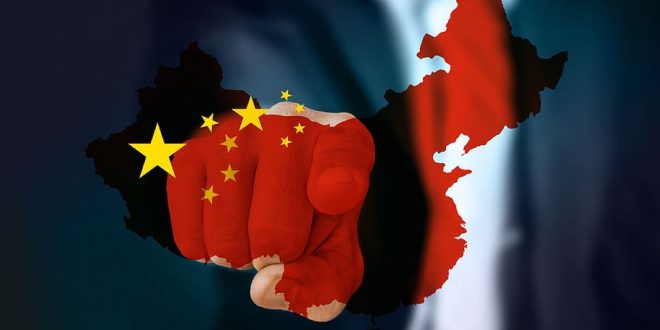Official data showed on Friday that the pace of growth in China’s manufacturing activity slowed in March, which casts doubt on the strength of the industrial sector’s post-Covid recovery in light of weak global demand.
As for the services sector, it was stronger, and its activity grew at the fastest pace in nearly 12 years, after the announced cancellation in December of China’s zero Covid policy, which boosted transportation, housing and construction activities.
According to China’s National Bureau of Statistics, the official purchasing managers’ index for China’s manufacturing sector for March came in at 51.9, compared to 52.6 in February. This means that the reading is still above the 50-point threshold that separates growth from contraction in activity on a monthly basis.
That slightly exceeded what economists had expected in a Reuters poll at 51.5, and boosted the yuan against the dollar. The February reading reflected the fastest pace of growth in more than a decade.
China’s economic activity rebounded in January and February after consumption and infrastructure investment led to a recovery after the disruptions caused by anti-Covid-19 policies.
The Statistics Office said in a statement that companies face challenges including weak demand, limited available capital and high operating costs, and indicated the need to further strengthen the foundations of economic recovery.
While the business and consumer sentiment has begun to recover, the manufacturing sector remains under pressure amid sluggish global demand and continued rising costs.
Any repercussions of the recent crisis of confidence in the global banking sector could also affect demand for Chinese goods, adding pressure to manufacturers.
The sub-index for new export orders fell to 50.4 from 52.4 in February, reflecting weaker external demand.
In contrast, the non-manufacturing PMI jumped to 58.2 from 56.3 in February, reaching the highest level since May 2011, supported by a recovery in the services sector.
 Noor Trends News, Technical Analysis, Educational Tools and Recommendations
Noor Trends News, Technical Analysis, Educational Tools and Recommendations





